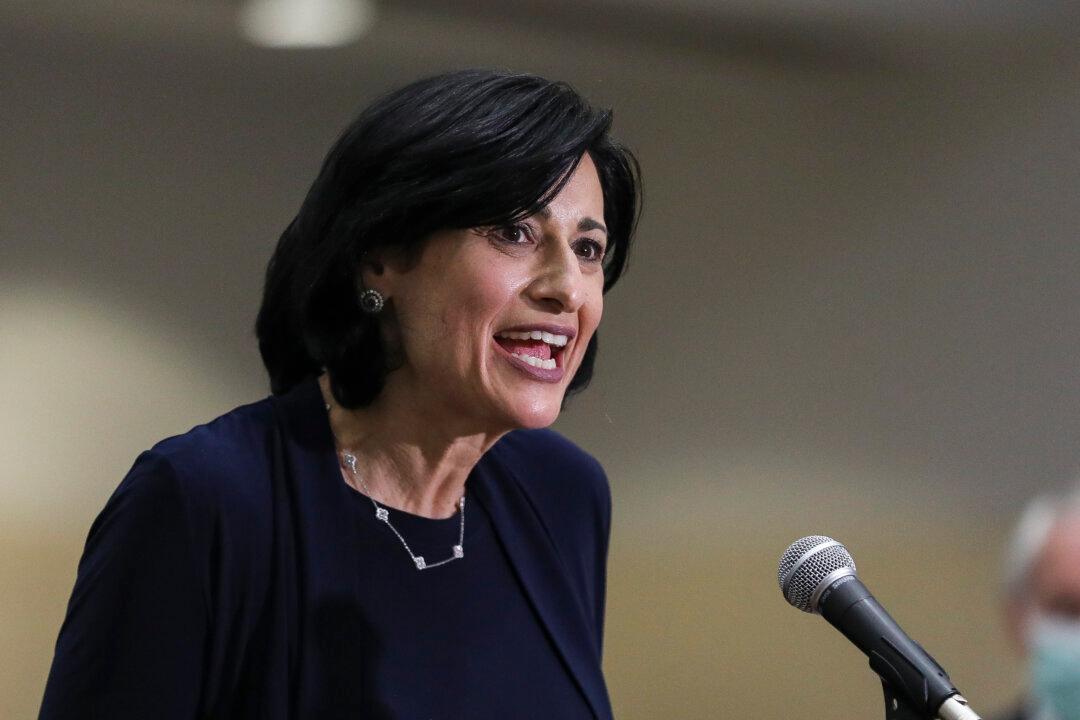Commentary
The recent arrival of the omicron variant of COVID-19 has, for far too many, reset the clock of our timeline for a return to societal normalcy.

The recent arrival of the omicron variant of COVID-19 has, for far too many, reset the clock of our timeline for a return to societal normalcy.